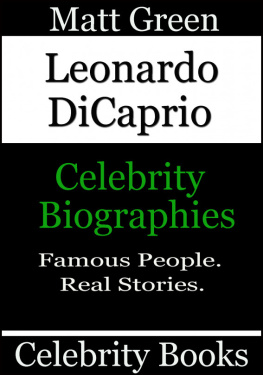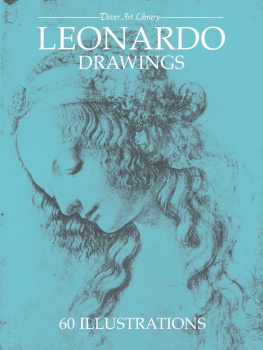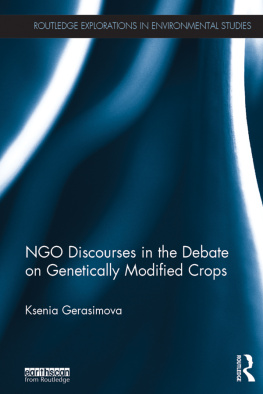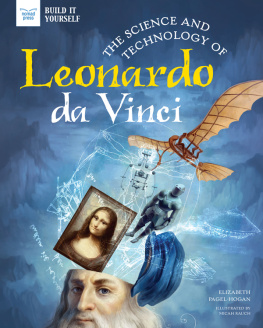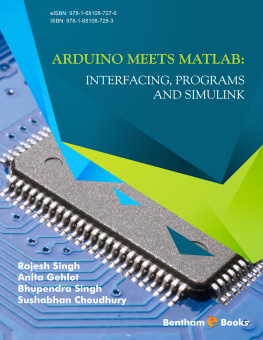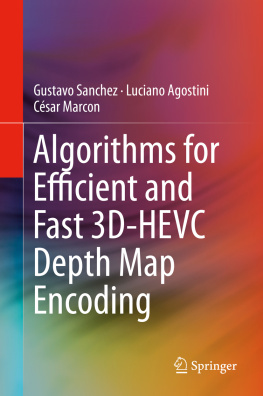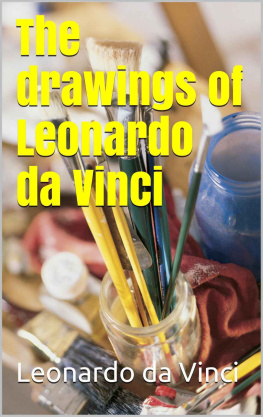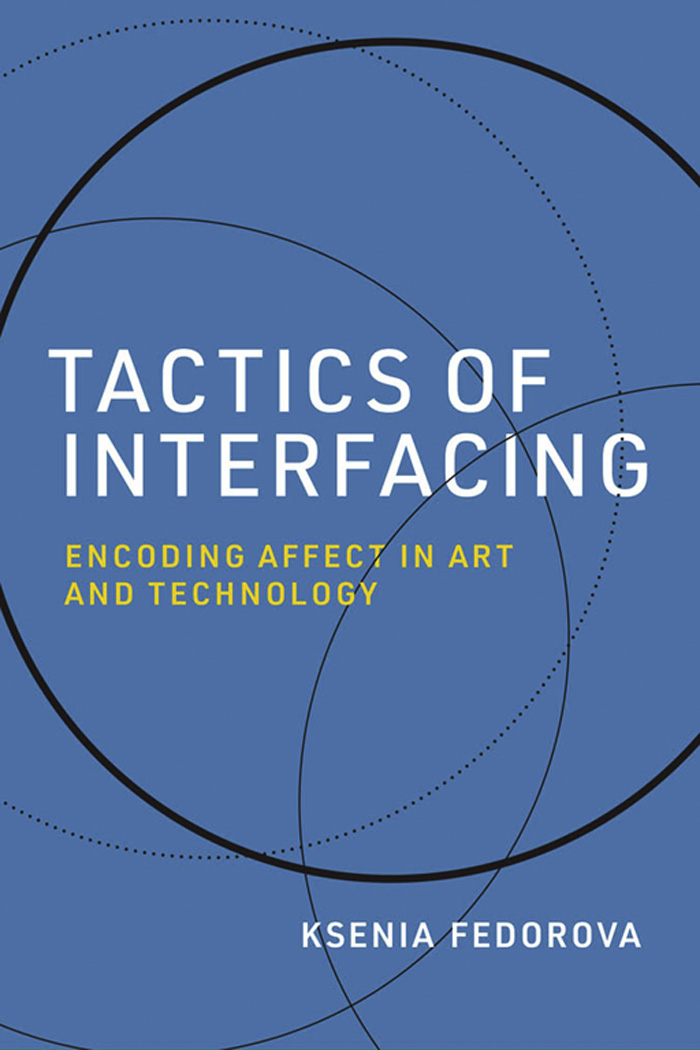
Tactics of Interfacing
Leonardo
Roger F. Malina, Executive Editor
Sean Cubitt, Editor-in-Chief
Synthetics: Aspects of Art and Technology in Australia, 19561975, Stephen Jones, 2011
Hybrid Cultures: Japanese Media Arts in Dialogue with the West, Yvonne Spielmann, 2012
Walking and Mapping: Artists as Cartographers, Karen ORourke, 2013
The Fourth Dimension and Non-Euclidean Geometry in Modern Art, revised edition, Linda Dalrymple Henderson, 2013
Illusions in Motion: Media Archaeology of the Moving Panorama and Related Spectacles, Erkki Huhtamo, 2013
Relive: Media Art Histories, edited by Sean Cubitt and Paul Thomas, 2013
Re-collection: Art, New Media, and Social Memory, Richard Rinehart and Jon Ippolito, 2014
Biopolitical Screens: Image, Power, and the Neoliberal Brain, Pasi Vliaho, 2014
The Practice of Light: A Genealogy of Visual Technologies from Prints to Pixels, Sean Cubitt, 2014
The Tone of Our Times: Sound, Sense, Economy, and Ecology, Frances Dyson, 2014
The Experience Machine: Stan VanDerBeeks Movie-Drome and Expanded Cinema, Gloria Sutton, 2014
Hanan al-Cinema: Affections for the Moving Image, Laura U. Marks, 2015
Writing and Unwriting (Media) Art History: Erkki Kurenniemi in 2048, edited by Joasia Krysa and Jussi Parikka, 2015
Control: Digitality as Cultural Logic, Seb Franklin, 2015
New Tendencies: Art at the Threshold of the Information Revolution (19611978), Armin Medosch, 2016
Screen Ecologies: Art, Media, and the Environment in the Asia-Pacific Region, Larissa Hjorth, Sarah Pink, Kristen Sharp, and Linda Williams, 2016
Pirate Philosophy: For a Digital Posthumanities, Gary Hall, 2016
Social Media Archeology and Poetics, edited by Judy Malloy, 2016
Practicable: From Participation to Interaction in Contemporary Art, edited by Samuel Bianchini and Erik Verhagen, 2016
Machine Art in the Twentieth Century, Andreas Broeckmann, 2016
Here/There: Telepresence, Touch, and Art at the Interface, Kris Paulsen, 2017
Voicetracks: Attuning to Voice in Media and the Arts, Norie Neumark, 2017
Ecstatic Worlds: Media, Utopias, Ecologies, Janine Marchessault, 2017
Interface as Utopia: The Media Art and Activism of Fred Forest, Michael F. Leruth, 2017
Making Sense: Art, Computing, Cognition, and Embodiment, Simon Penny, 2017
Weather as Medium: Toward a Meteorological Art, Janine Randerson, 2018
Laboratory Lifestyles: The Construction of Scientific Fictions, edited by Sandra Kaji-OGrady, Chris L. Smith, and Russell Hughes, 2018
The Invisible Colors: The Arts of the Atomic Age, Gabrielle Decamous, 2018
Virtual Menageries: A Mediology of Animal Representations, Jody Berland, 2019
From Fingers to Digits: An Artificial Aesthetic, Ernest Edmonds and Margaret A. Boden, 2019
Material Witness: Media, Forensics, Evidence, Susan Schuppli, 2020
Tactics of Interfacing: Encoding Affect in Art and Technology, Ksenia Fedorova, 2020
See http://mitpress.mit.edu for a complete list of titles in this series.
Tactics of Interfacing
Encoding Affect in Art and Technology
Ksenia Fedorova
The MIT Press
Cambridge, Massachusetts
London, England
2020 Massachusetts Institute of Technology
All rights reserved. No part of this book may be reproduced in any form by any electronic or mechanical means (including photocopying, recording, or information storage and retrieval) without permission in writing from the publisher.
This book was set in ITC Stone Serif Std and ITC Stone Sans Std by New Best-set Typesetters Ltd.
Library of Congress Cataloging-in-Publication Data
Names: Fedorova, K. (Kseniia) author.
Title: Tactics of interfacing : encoding affect in art and technology / Ksenia Fedorova.
Description: Cambridge, Massachusetts : The MIT Press, [2020] | Series: Leonardo | Includes bibliographical references and index.
Identifiers: LCCN 2019047637 | ISBN 9780262044158 (hardcover)
Subjects: LCSH: Human-machine systemsPsychological aspects. | Digital mediaPsychological aspects.
Classification: LCC T14 .F35 2020 | DDC 620.8/2019dc23
LC record available at https://lccn.loc.gov/2019047637
10 9 8 7 6 5 4 3 2 1
d_r0
To my parents
Contents
Series Foreword
Leonardo, the International Society for the Arts, Sciences, and Technology, and the affiliated French organization Association Leonardo have some very simple goals:
- 1.To advocate, document, and make known the work of artists, researchers, and scholars developing the new ways in which the contemporary arts interact with science, technology, and society.
- 2.To create a forum and meeting places where artists, scientists, and engineers can meet, exchange ideas, and, when appropriate, collaborate.
- 3.To contribute, through the interaction of the arts and sciences, to the creation of the new culture that will be needed to transition to a sustainable planetary society.
When the journal Leonardo was started some fifty years ago, these creative disciplines usually existed in segregated institutional and social networks, a situation dramatized at that time by the Two Cultures debates initiated by C. P. Snow. Today we live in a different time of cross-disciplinary ferment, collaboration, and intellectual confrontation enabled by new hybrid organizations, new funding sponsors, and the shared tools of computers and the Internet. Sometimes captured in the STEM to STEAM movement, new forms of collaboration seem to integrate the arts, humanities, and design with science and engineering practices. Above all, new generations of artist-researchers and researcher-artists are now at work individually and collaboratively bridging the art, science, and technology disciplines. For some of the hard problems in our society, we have no choice but to find new ways to couple the arts and sciences. Perhaps in our lifetime we will see the emergence of new Leonardos, hybrid creative individuals or teams that will not only develop a meaningful art for our times but also drive new agendas in science and stimulate technological innovation that addresses todays human needs.
For more information on the activities of the Leonardo organizations and networks, please visit our websites at http://www.leonardo.info/ and http://www.olats.org/. The Leonardo Book Series and journals are also available on our ARTECA art science technology aggregator: http://arteca.mit.edu/.
Roger F. Malina
Executive Editor, Leonardo Publications
ISAST Governing Board of Directors: Nina Czegledy, Greg Harper, Marc Hebert (Chair), Gordon Knox, Roger Malina, Joel Slayton, Tami Spector, J. D. Talasek, Darlene Tong, John Weber
Leonardo Book Series Editor-in-Chief: Sean Cubitt
Advisory Board: Annick Bureaud, Steve Dietz, Machiko Kusahara, Jos-Carlos Mariategui, Laura U. Marks, Anna Munster, Monica Narula, Michael Punt, Sundar Sarukkai, Joel Slayton, Mitchell Whitelaw, Zhang Ga
Acknowledgments
This work has grown out of my long-term interest in philosophy and in the intersection of art and technologies. It crystallized in the present form during my time at the University of CaliforniaDavis for my second PhD and was finalized thanks to the Alexander von Humboldt Foundation fellowship in Berlin.
Next page


